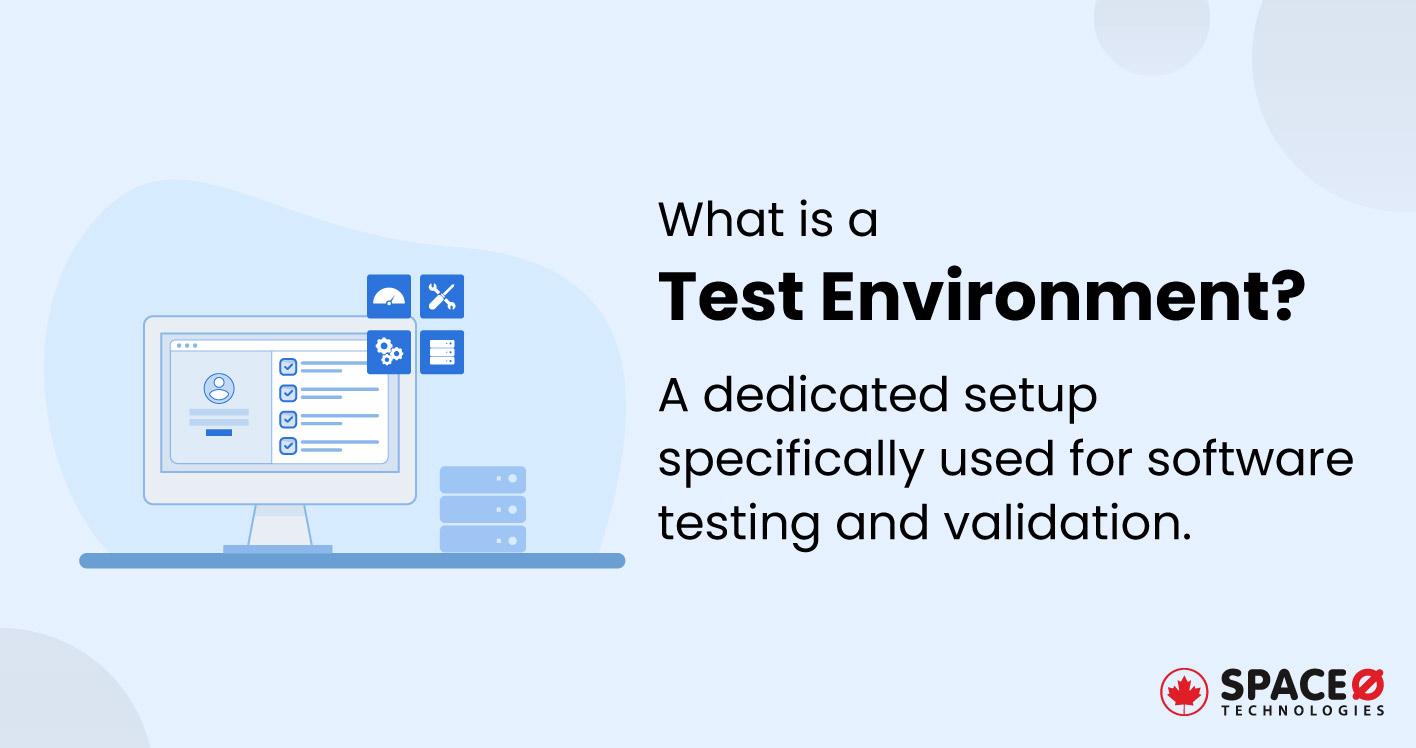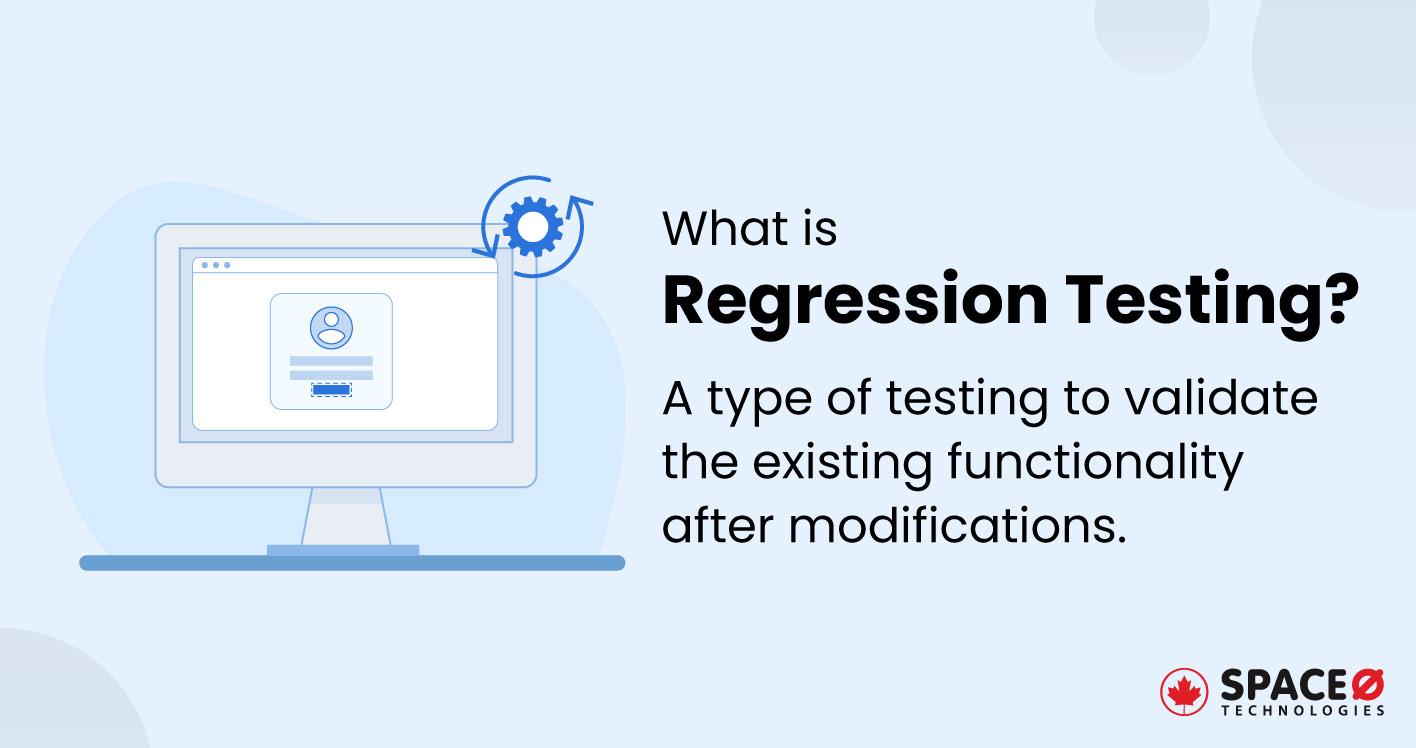
What is Sanity Testing in Software Testing? [Definition + Benefits]
Table of Contents
What is Sanity Testing?
Sanity testing is a type of software testing that happens after a minor change in code or functionality. Sanity testing is done to ensure that the functionalities of a software application are working as expected after a minor update, bug fix, or modification has been made.
Understanding different types of software testing is crucial for ensuring the highest possible quality of a software product. Among these types, sanity testing holds a critical place due to its unique role in the testing process.
The main objective of sanity testing is to verify the sanity of the part of the software that has been changed and to assure that it does not lead to any unexpected failures.
However, if you are wondering about other types of software testing, here is our guide on different types of software testing. Read this guide and build quality and bug-free software.
Next, let’s learn the core reasons for conducting sanity testing.
What is the Importance of Sanity Testing in the Software Testing Process?
Here are the reasons why you should perform sanity testing.
Ensuring Functionality
Sanity testing checks that the primary functionalities of a software or application continue to work as expected after a change has been made. If the sanity test fails, the build is again sent to the development team for code changes.
However, if you want to know the performance of your software after changes, you could conduct load testing. Load testing helps you to understand the system’s behaviour under a specific load, generally a high load. You can read and learn about load testing from our article.
Maintaining Quality
By catching unexpected bugs early in development, the sanity testing technique helps maintain and assure the quality of the software.
Mitigating Risk
Through sanity testing, you can minimize the risk of issues being found later in the development process. So, you can reduce the overall project risk.
Saving Time and Resources
As a quick and narrow-scoped test, sanity testing helps save time and resources that might otherwise be spent on more comprehensive testing.
Facilitating Decision-making
Sanity testing allows for early decisions about whether a software build is stable and ready for further testing or needs to be rejected, thereby preventing the wastage of further testing efforts.
Let’s learn how sanity testing is different from other types of testing.
How is Sanity Testing Unique?
Sanity tests hold a unique place in the testing process:
- Narrow scope: Unlike regression testing, which checks for unintended side effects across the entire software, sanity testing has a narrow scope focused only on the changed or affected parts of the application.
- Quick validation: It is a rapid process that is done quickly to check if the functionalities of the application are working logically after the changes.
However, if you check the major functionalities of the software work as expected or not. Like sanity testing, smoke testing is another type of testing that is performed. Read a brief introduction to smoke testing to get a deeper understanding.
Next, learn when you should perform the sanity software testing technique.
When to Conduct a Sanity Test During Software Development?
Sanity testing is done during specific circumstances. Here are the conditions during which your testing team should execute the sanity testing process.
- After a bug fix or modification has been made to the software.
- When a new feature has been added, you want to make sure that this change has not affected the functionality of the existing features.
- Before the product is released to the market, ensure that all the functionalities are logically working.
In conclusion, sanity testing is a crucial aspect of the software testing process, specifically designed to check software functionality after minor changes or updates. Its narrow scope, rapid validation, and emphasis on specific parts of the application make it a unique, time-saving approach to validating software in the software testing process.
All our projects are secured by NDA
100% Secure. Zero Spam
*All your data will remain strictly confidential.
Trusted by


Bashar Anabtawi
Canada
“I was mostly happy with the high level of experience and professionalism of the various teams that worked on my project. Not only they clearly understood my exact technical requirements but even suggested better ways in doing them. The Communication tools that were used were excellent and easy. And finally and most importantly, the interaction, follow up and support from the top management was great. Space-O not delivered a high quality product but exceeded my expectations! I would definitely hire them again for future jobs!”

Canada Office
2 County Court Blvd., Suite 400,
Brampton, Ontario L6W 3W8
Phone: +1 (437) 488-7337
Email: sales@spaceo.ca




